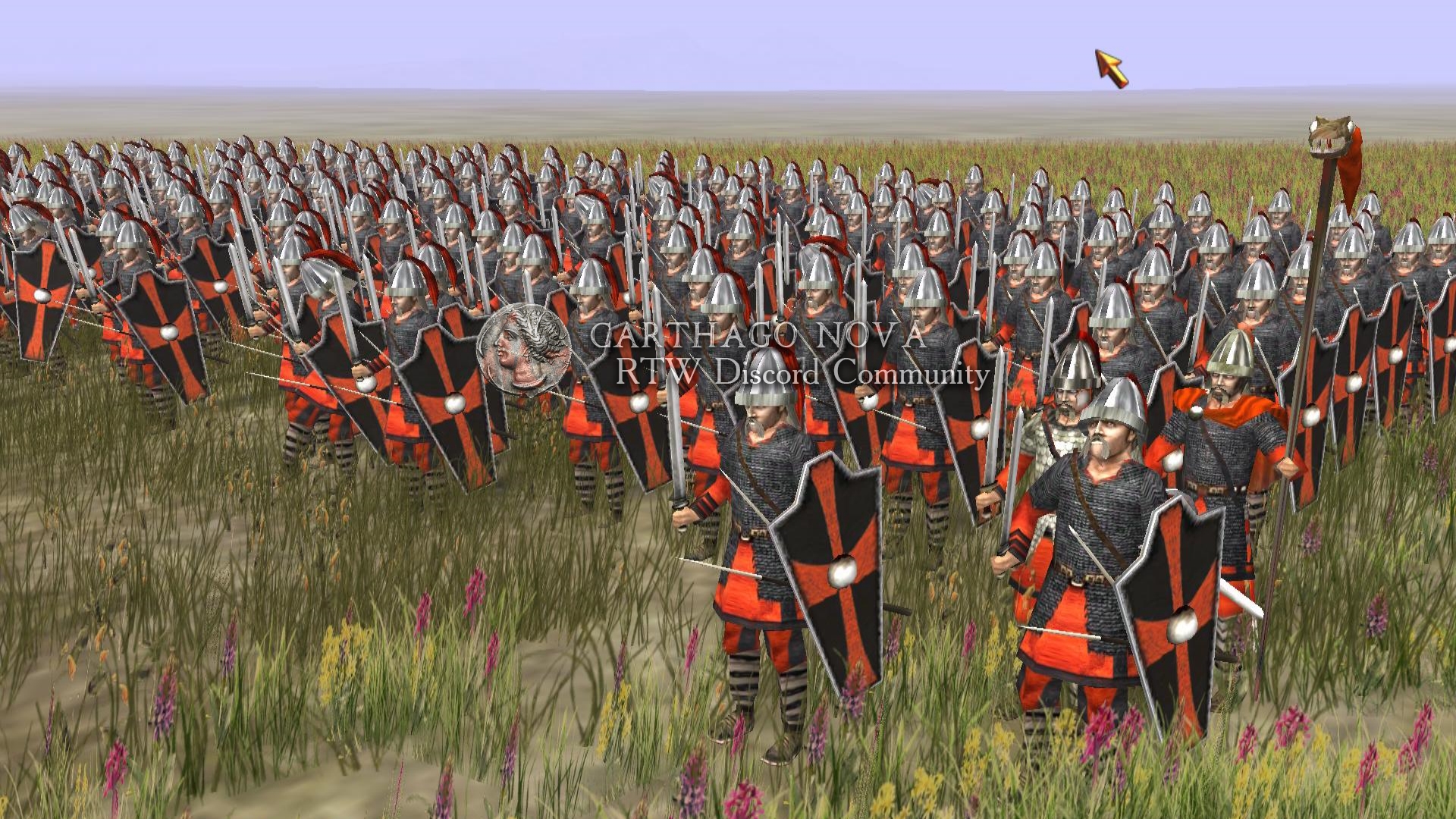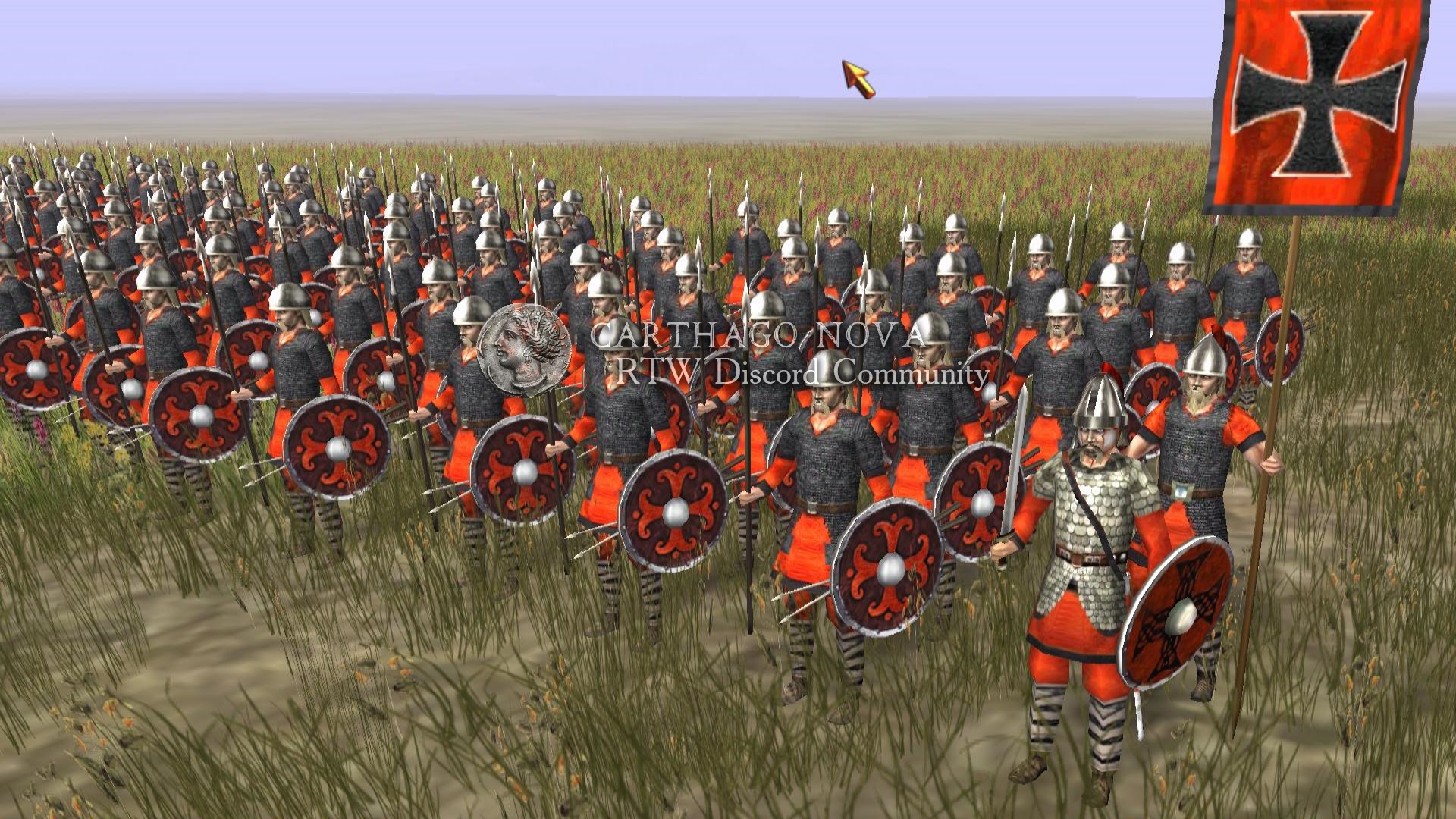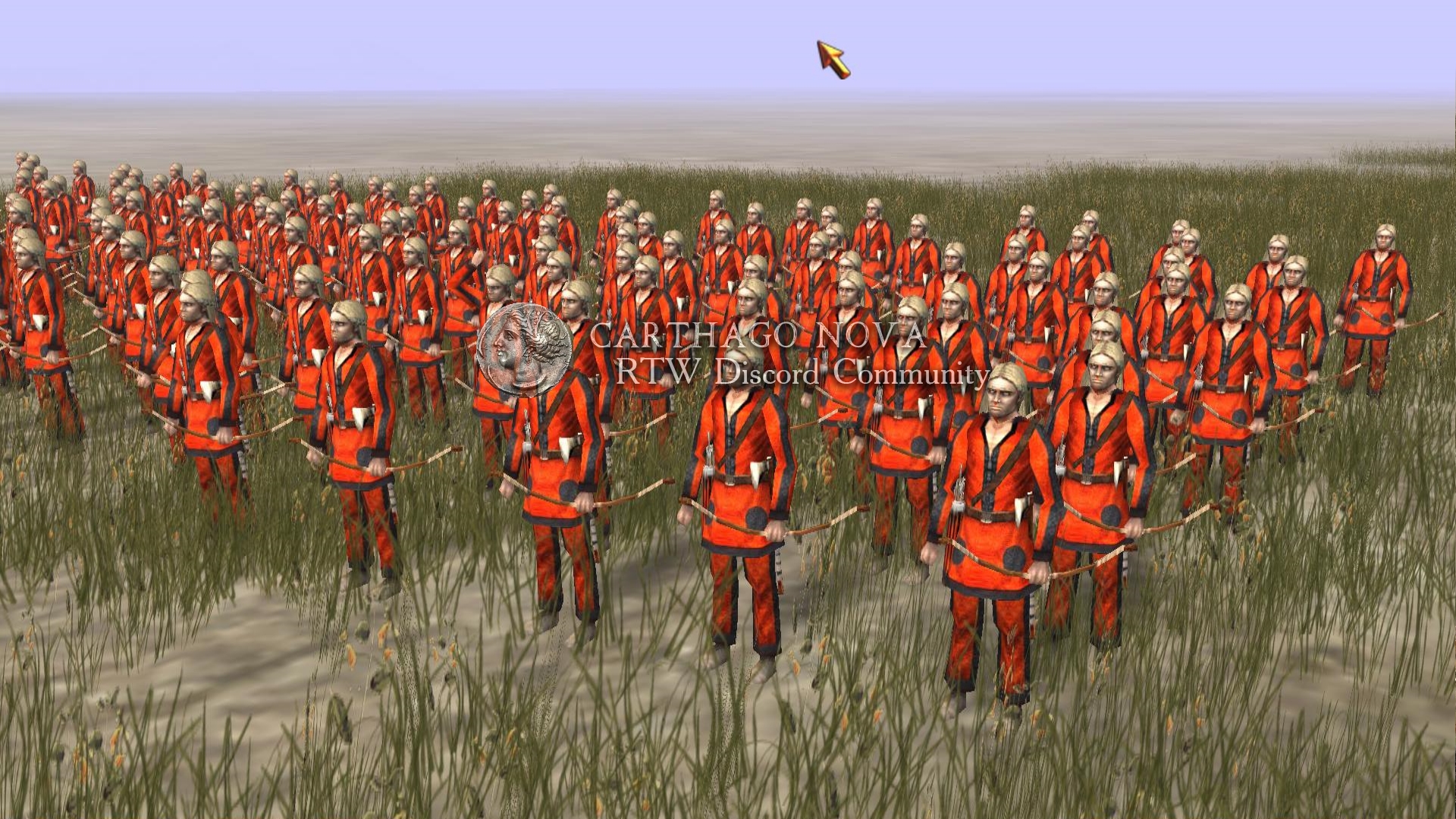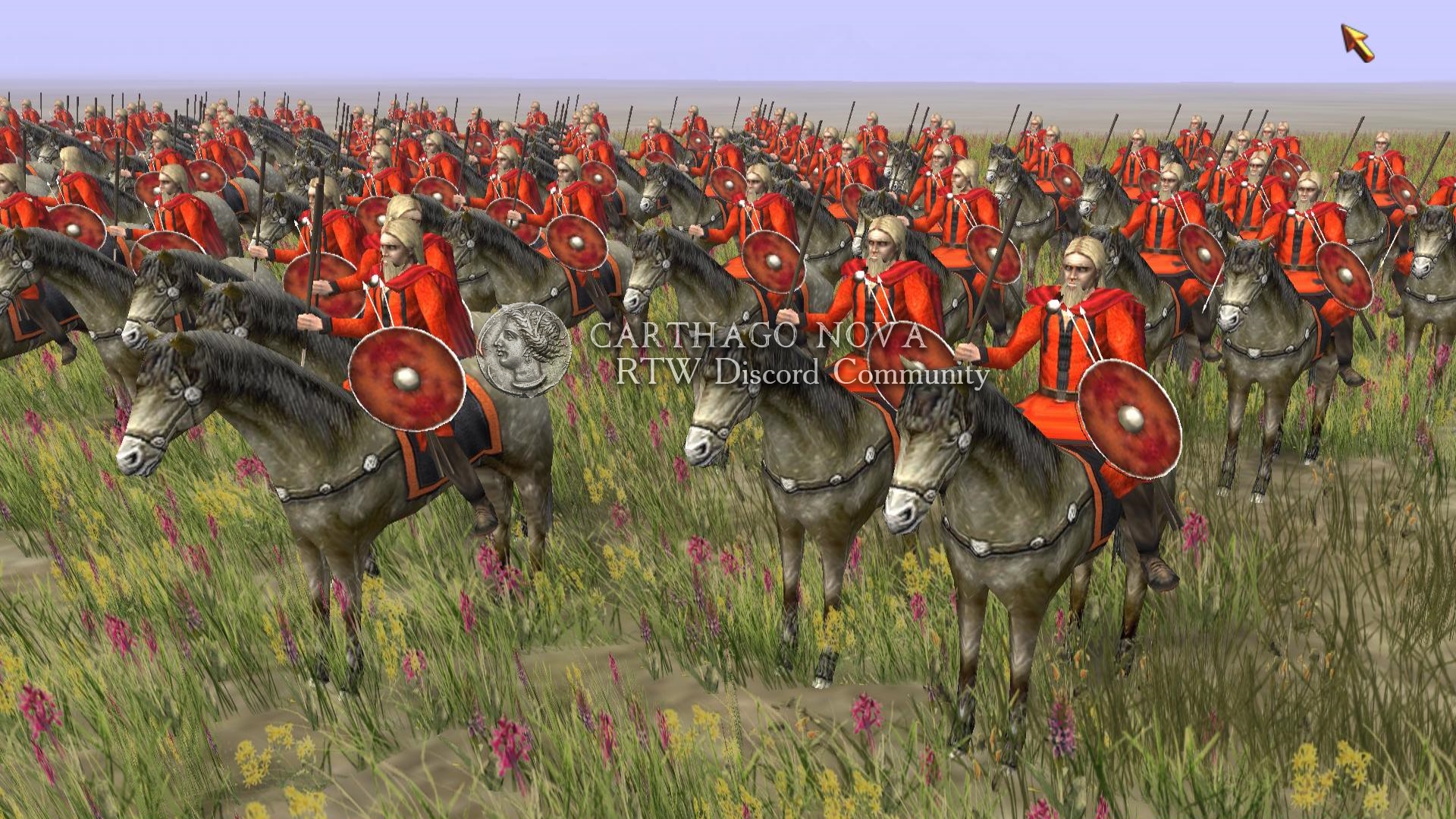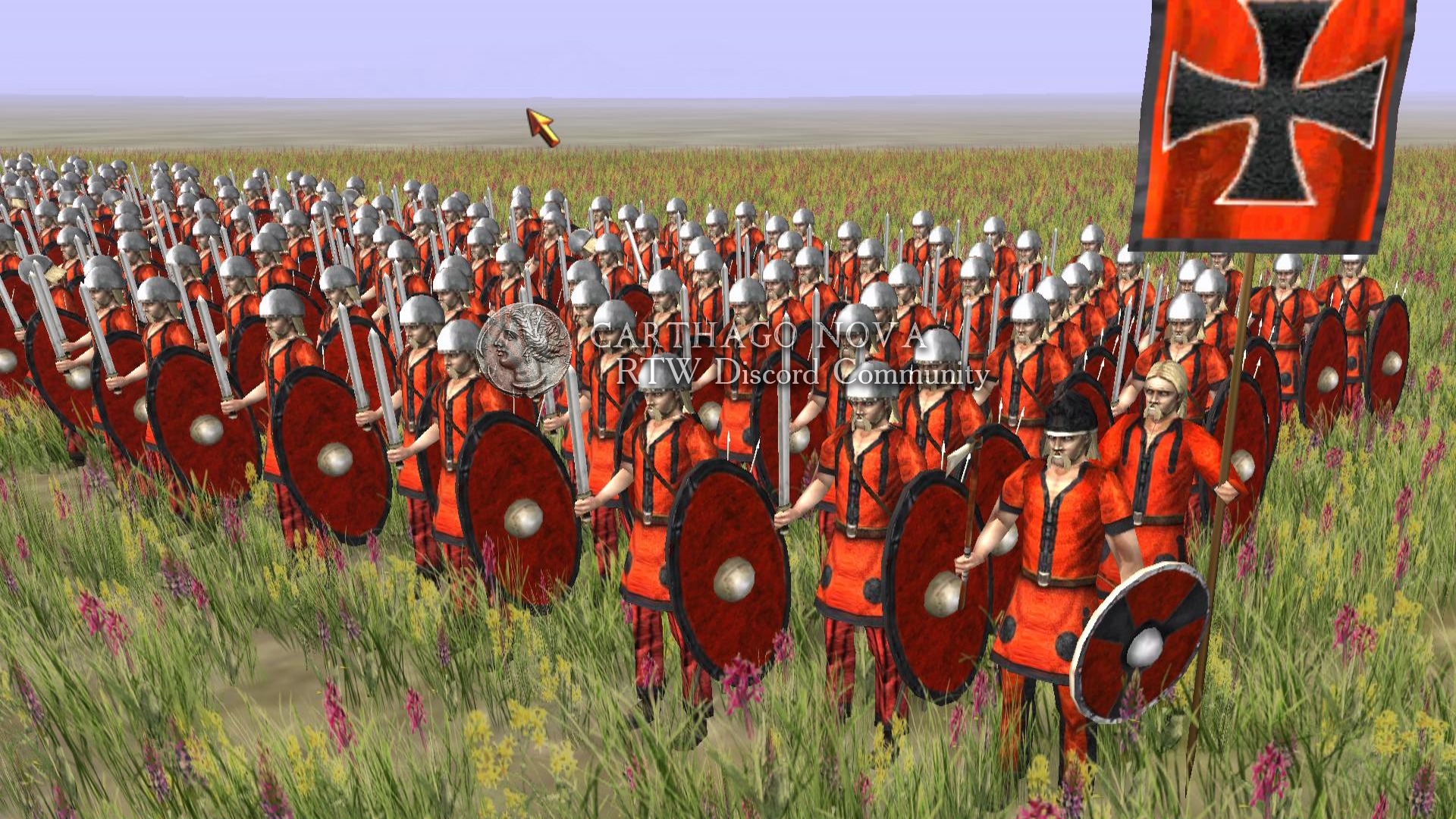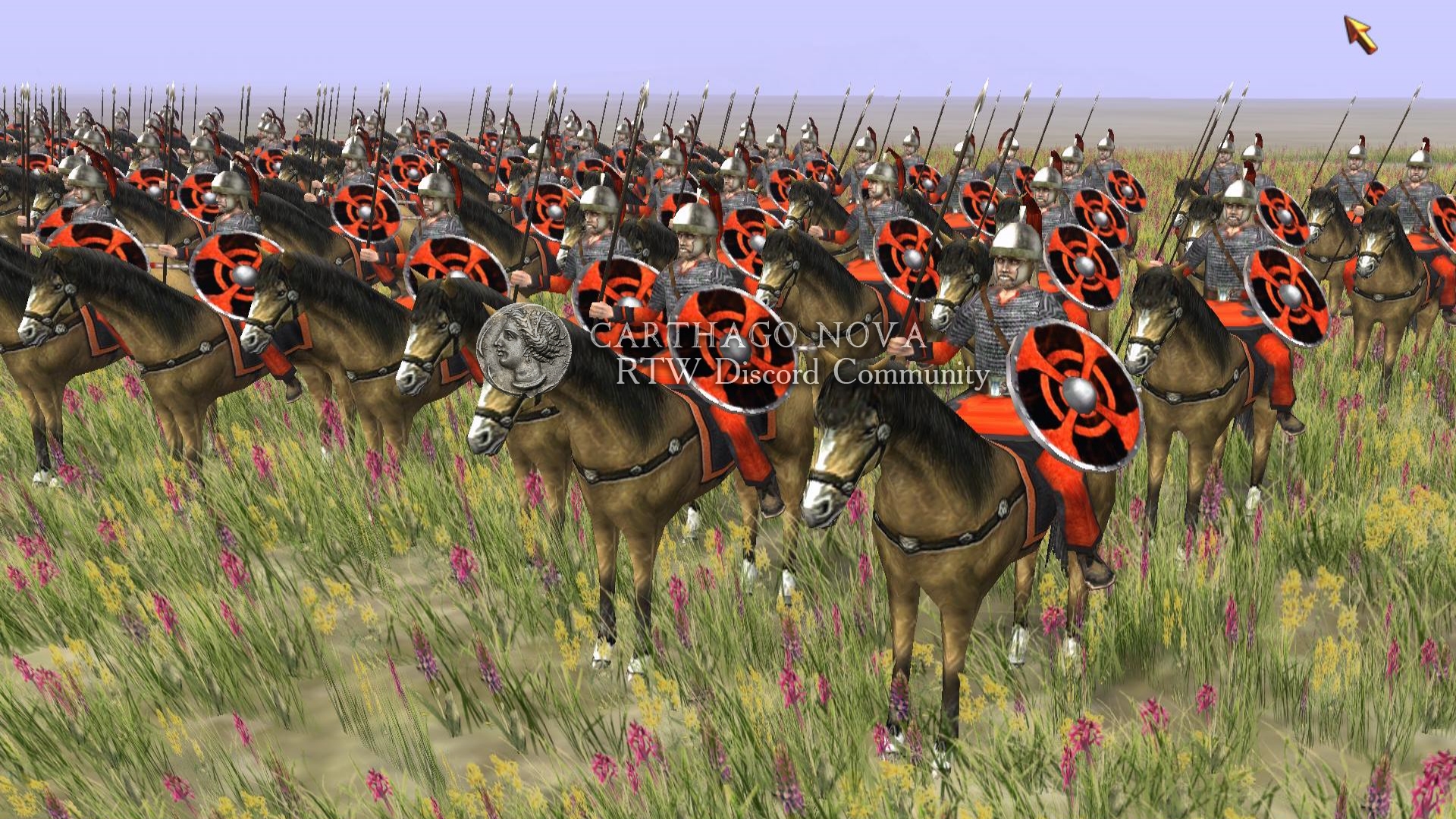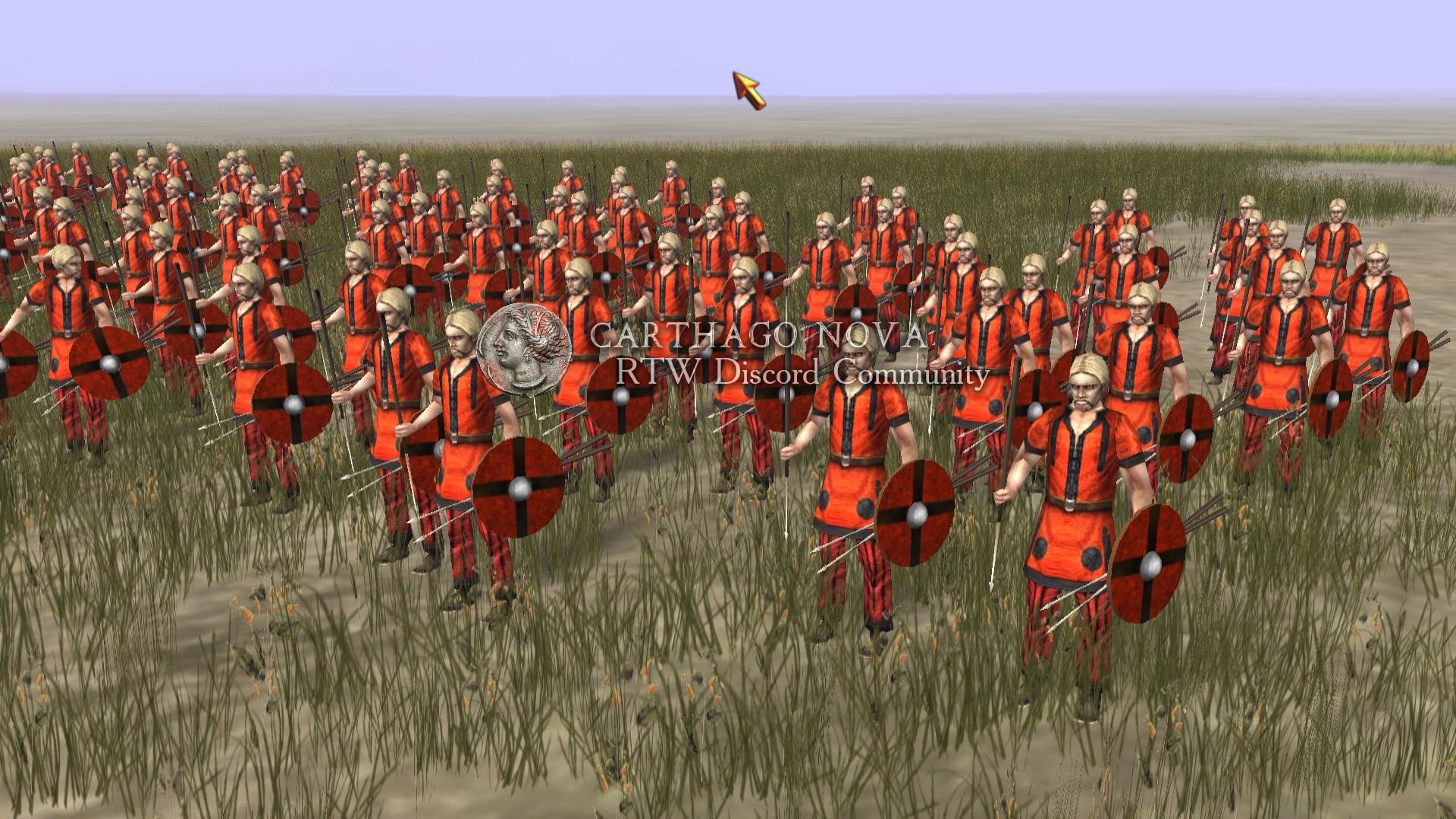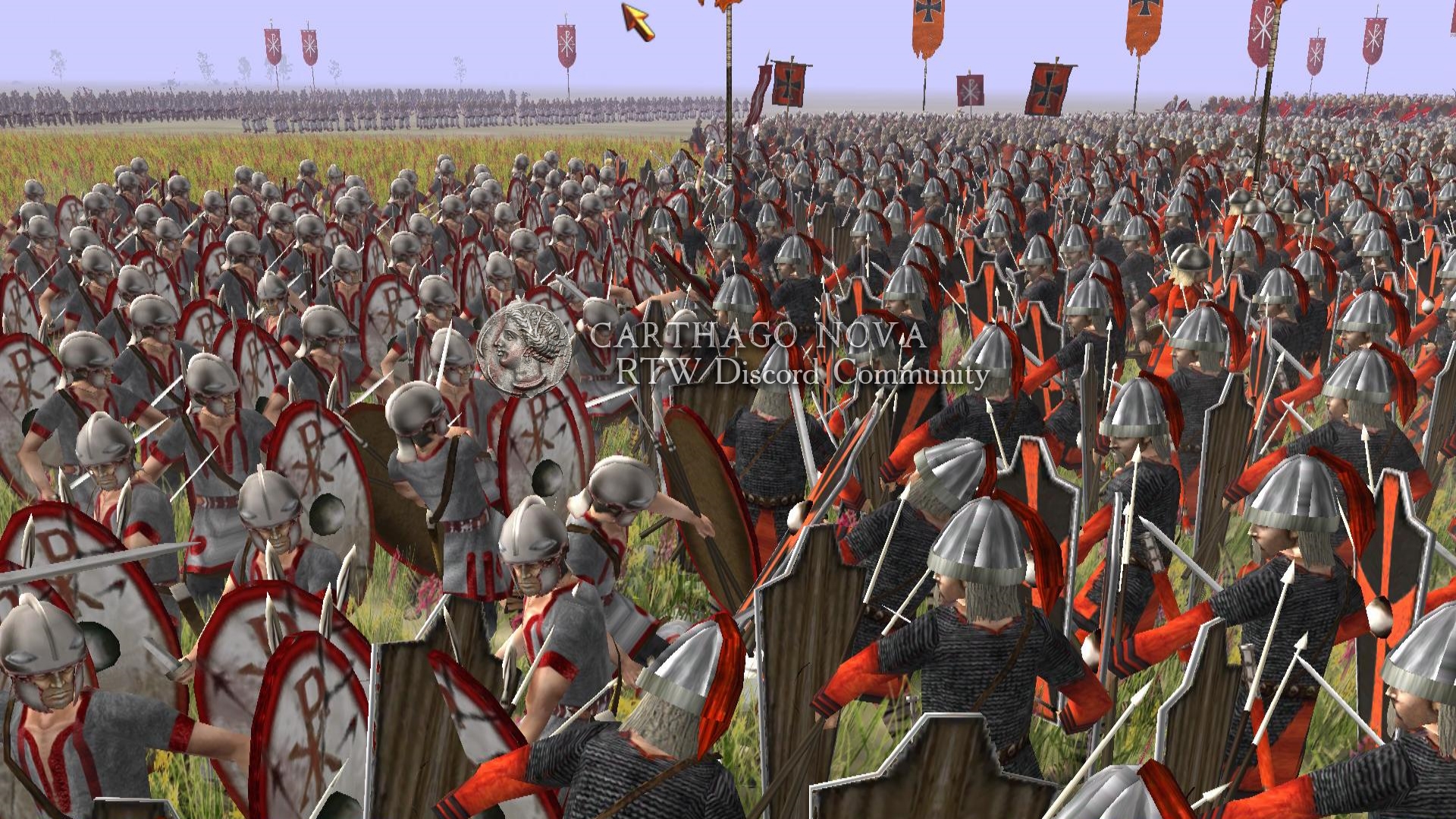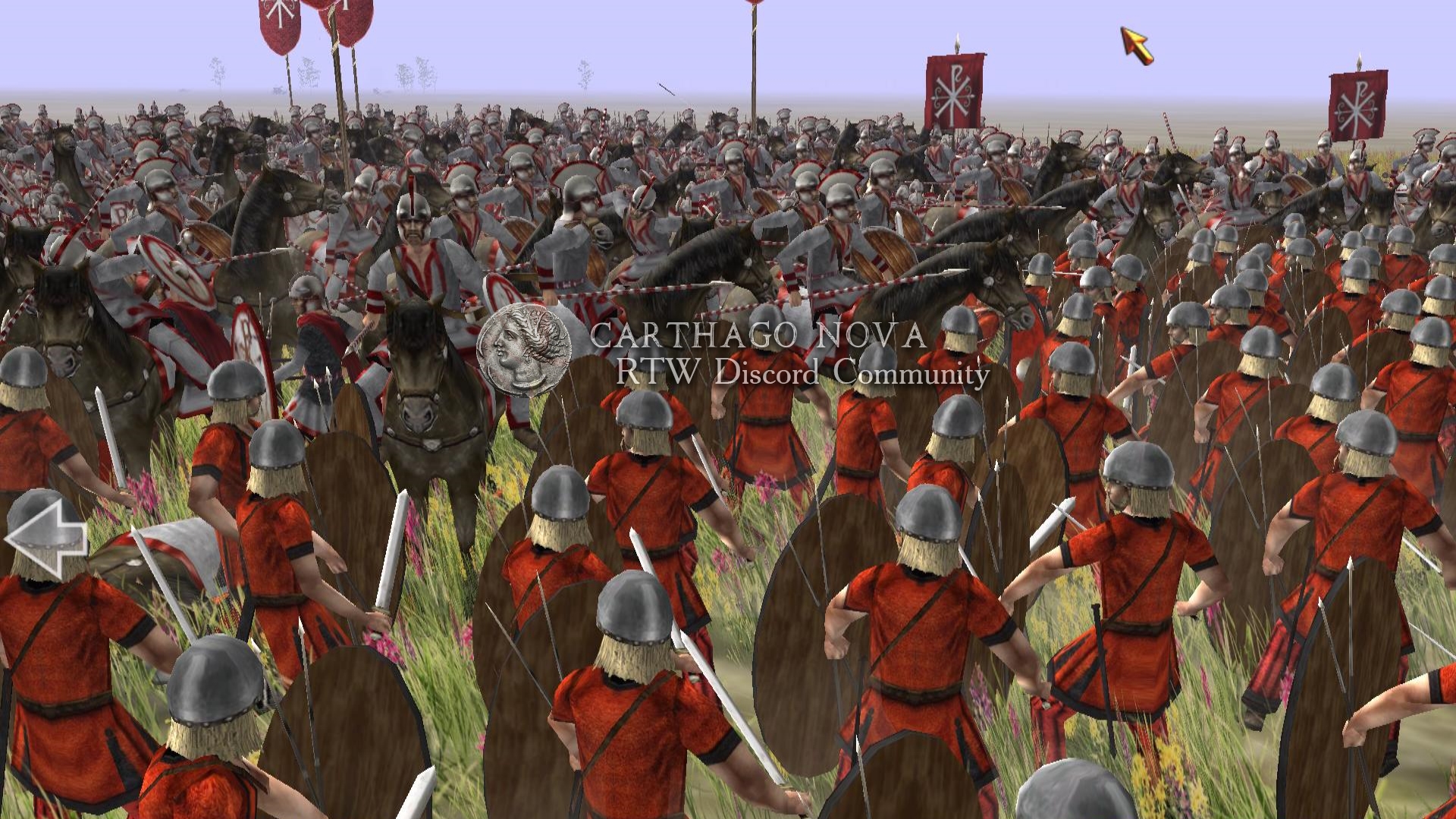Visigoths (Visigothi; Wisigoths; WestGoths; Tervingians; Tervingi)
The Visigoths were one of the two major groupings of GOTHS—a people classified as GERMANICS—the other the OSTROGOTHS (“eastern Goths”). From the late third century C.E. their histories separated, and the Visigoths (“good Goths”) originally inhabited the region northwest of the Black Sea from the Dniester to the Danube (part of modern Moldova and Romania). The Visigoths had a variable relationship with the ROMANS over time, alternately attacking Roman territories and then making treaties with Rome and being given territories within the empire. They sacked Rome in 410, after Roman authorities failed to satisfy their perceived needs, but later formed an alliance with them to counter the HUNS. They established a kingdom in Aquitaine in Gaul (present-day France) and then, after they were driven from Gaul by the FRANKS, on the Iberian Peninsula, where they maintained a presence from the fifth to the early eighth century.
Visigoths time line
C.E.
c. 290 Goths separate into groups that evolve into Visigoths and Ostrogoths.
376 Huns defeat Visigoths.
378 Battle of Adrianople, in which Visigoths defeat Romans.
410 Visigoths under Alaric sack Rome.
413 Visigoths under Ataulf enter southern Gaul.
415 Visigoths under Waulia enter Spain.
451 Visigoths, as allies of Romans, fight Ostrogoths and Huns at Catalaunian Plains, in France.
466–484 Visigoths under Euric conquer much of Spain.
507 Franks defeat Visigoths at Vouille.
654 King Recceswinth imposes Visigothic common law on both Gothic and Roman subjects.
711 Visigoths defeated by Moors.
ORIGINS
The tribe from which the Goths probably took their name, the Gutones, are thought to have originated in Scandinavia before migrating southeastward into eastern Europe. The approximate date given for the start of two distinct Gothic traditions is 290, after defeat by the ROMANS in 271. The family of Balthi (Balthas or Balt) were the founders of the Tervingian Gothic kingdom centered along the Lower Danube. They were a polyethnic group, including steppe peoples originally out of Asia. This confederation would later become known as the Visigoths.
LANGUAGE
The Visigoths spoke Gothic, a dialect of the East Germanic language group, which had
become distinct by about the fourth century. Gothic became extinct as the Visigoths and
their kin the Ostrogoths lost their distinctive identities and were absorbed by other peoples
during the Middle Ages.
HISTORY
Early Relations with the Romans From their homeland northwest of the Black Sea the Tervingi (Tervingian Goths), the group that would evolve into the confederation known as the Visigoths, carried out raids on Roman territory south of the Danube during the reign of Constantine I in 306–337. In 332 Tervingians under Ariarich signed the first of several treaties with the Romans. Some among them who settled in Dacia (roughly modern Romania) lived as agriculturalists and adopted Christianity as taught to them by Ulfilas, who was appointed bishop of the Gothic Christians and led a congregation into Moesia (modern Serbia and Montenegro and northern Bulgaria) in about 348. In 364 Athanaric and other chiefs in Dacia led raids on settlements in Thrace along the northern Aegean Sea. Valens, Roman emperor of the East, successfully warred against them in 367–369. In 376 the Huns arrived in Visigothic territory, after their defeat of theVisigoths on the Dniester River. Valens then allowed the Visigoths under Fritigern, a rival of the Hunnic leader Athanaric, to settle in Thrace as allies. A group of Alans joined them. Mistreatment of the settlers by the Romans resulted in a revolt. The Balkan territory was a far cry from the productive lands near the Black Sea they had left. They were badly mistreated by the Romans, who would only sell them meat, and dog meat at that, at the price of selling one of their number into slavery—that is, one dog for one Goth. Conditions were so desperate that in 378 the Tervingi had a violent confrontation with a Roman army at Adrianople (Adrianopolis; modern Edirne), which they crushed, killing Emperor Valens. The Visigoths’ superior cavalry carried the day over the Roman infantry, a victory that would shape later warfare, as the Romans put greater emphasis on cavalry. For years thereafter through a combination of attacks and negotiation these Goths tried to induce the Romans to cede them a new territory. In a treaty in 382 with the emperor Theodosius I, Valens’s successor, they are named for the first time as Visigoths. The treaty granted the Visigoths as a whole permission to settle in lower Moesia as foederati (federates), the first time an entire people had been allowed to settle within the borders of the Roman Empire.
Visigoths in Italy
Alaric became leader of the Visigoths the year Theodosius died, 395; he was the first leader considered a true king. Their new territory was little better than the Balkan lands they had left behind. Because of their hardship and also because of his desire to be named as supreme military commander of the Roman Empire, Alaric began new attacks on Romanheld lands. In 397 he was granted his wish for high command by Theodosius’s weak successor, Arcadius, who named him commander of the eastern Illyrician prefecture. This formed a precedent for future Roman relations with “barbarian” peoples within the Roman Empire. However, that same year Stilicho, a Roman general of Germanic ancestry who had been forced to relinquish his command in 395 through political intrigue, resumed command. He repelled Alaric’s invasion of first the southern part of the Balkan Peninsula, then the Italian Peninsula, driving him back into the mountains. The Visigoths’ continued need for a viable territory that could provide them subsistence motivated Alaric to return to the offensive in 401. Stilicho fought Alaric at Pollentia (402) and at Verona (403) but was murdered on Honorius’s orders in 408. On his death the Visigoths advanced on Rome and sacked the city in 410; Alaric allowed his warriors three days of plunder, a standard practice at the time. The sack of Rome, the first in eight centuries, horrified Romans everywhere. The great Christian leader, Saint Jerome, wept in his cell in Bethlehem when he heard the news. As it happened little was changed by Alaric’s feat. More interested in the wealth and abundant food of Africa, he began preparations to mount an invasion there but died before he could carry them out.
Visigoths in Gaul and Spain
Alaric’s successor was his brother-in-law, Ataulf. Ataulf concluded a treaty with Honoriusto defeat a usurper for rule of the empire whose stronghold was in Gaul. In 413 he led the Visigoths as a Roman army into Aquitania (Aquitaine) in present-day southwestern France. The fact that the Visigoths were still willing to abide by a treaty with Rome, after what must have seemed to them repeated betrayals by Roman authorities in failing for so long to provide for their welfare, may speak to the continuing allure Rome had for these Germanics. In 414 Ataulf married Galla Placidia, daughter of Emperor Theodosius, hoping in this way to gain support from the Roman aristocracy in Aquitania for his rule over the whole region, non-Goths as well as Goths. Some of his holdings were in northern Spain. His murder in 415 ended these efforts, and his successor, Wallia, led his people out of Gaul deeper into Spain, hoping to reach North Africa. The Visigoths inflicted a crushing defeat on the Alans in 416 and might easily have conquered the entire peninsula if the emperor Honorius had not secured their withdrawal by giving them Aquitania Secunda (the western part of Aquitania). After forcing the Vandals out of Gaul, they contested with them for territory in the Iberian Peninsula and expanded their power north to the Loire valley. Toulouse in southern France became the capital.
Wallia was succeeded in 419 by Alaric’s son, Theodoric I. Little is known about the history of his long reign, possibly testimony to the stability he achieved—“history” as reported typically comprises events of a violent nature. Visigothic forces fought the VANDALS in Spain, who under this pressure finally evacuated for North Africa by 429. In 451 Theodoric was killed in the Battle of the Catalaunian Fields south of modern Chalonssur-Marne in northeastern France, in which the allied Romans, Visigoths, BURGUNDII, and
FRANKS defeated Attila’s Huns, whose allies included Ostrogoths, Gepids, and other groups.
Theodoric’s son, Thorismond, succeeded him but was assassinated by his brother, Theodoric II, who in turn was assassinated by another brother, Euric. Under Euric the Visigoths reached the height of their power, unmatched in the West at this time, seizing more territory on the Iberian Peninsula. Euric also introduced Roman elements into the Visigothic way of life.
In 506 Euric’s son and successor, Alaric II, in order to achieve greater Visigothic unity and to placate a Roman aristocracy that retained much political influence, issued an abstract of laws known as the Lex Romana Visigothorum (Roman law of the Visigoths) or Breviarum Alaricianum (Breviary of Alaric). The Roman senators, the main remaining symbol of imperial legitimacy, had decidedly mixed views of the Visigoths. The scholar Apollinaris Sidonius admired a Visigothic king who played backgammon, while resenting deeply the barbarian warriors billeted on his estate, calling them gluttons “who spread rancid butter on their hair.” Sidonius later found an outlet for his frustration when he became bishop of Clermont—the support of Roman clerics for the Roman Catholic Frankish king Clovis I helped undermine the power of the Visigoths. It is thought that Clovis had seen Euric’s death in 484 as creating a power vacuum in the Visigothic kingdom, leading him to begin plans to overthrow them. His conversion to Roman Catholicism around the turn of the fifth and sixth centuries may have been inspired in part by the desire to gain support from the Roman Catholic majority in the Visigothic kingdom, to whom the Arianism of the Visigoths was anathema. After a series of campaigns to strengthen his position Clovis finally confronted Alaric II in the Battle of Vouille northwest of presentday Poitiers, France, in 507. Clovis defeated the Visigoths and Alaric was killed. The Visigoths retreated to Spain and moved their capital to Toledo. Those who remained in Gaul were forced to convert from Arianism to Roman Catholicism. Over the next centuries the Visigoths competed with the Franks, Byzantines, and Basques, and for a time their hold on power was tenuous. In the late sixth century King Leovigild reinvigorated the kingdom, managing to unite his Visigothic and native subjects. He also conquered the SUEBI, other Germanic settlers on the Iberian Peninsula.
His son, Hermenigild, married a Catholic by the name of Ingunthis and converted, renouncing his father’s Arianism. His father defeated him in battle and had him executed; his martyrdom resulted in his canonization by the Catholic Church. Yet Recared, another son and the successor of Leovigild, converted in the 580s; thereby helping to unite the kingdom, as did King Reccesswinth with his imposition of Visigothic common law on both Gothic and Roman subjects in 654. Continuing unrest over the years led to a weakening of Visigothic power, and the church became the dominant political force. When Roderick seized power in 710 his rivals sought help from the MOORS under Tariq ibn Ziyad, who defeated Roderick in the Battle of Rio Barbate in 711. The Moors went on to conquer much of Spain by 713. Some Visigoths managed to hold out in the kingdom of Asturias, founded by their chieftain Pelayo in northwestern Spain. He was the first Christian king in the region. Asturias later became part of the kingdom of Leon and Castile.
Alaric: Roman Soldier, Germanic Invader
Alaric was born into the Balthi royal family of Visigoths at the mouth of the Danube on the Black Sea, where his people had fled the invading Huns in the 370s C.E. While a young man he was a student at a Roman military academy.
He was soon acknowledged for his military achievements as a superior swordsman, rider, and leader and rose to the rank of commander in the Roman foederati troops. Serving under General Flavius Stilicho he led the Visigothic contingent in battle against the Huns at the Battle of River Frigidus, furthering his reputation. On the death of Emperor Theodosius I in 395 the Roman Empire was divided between his incompetent sons, Arcadius and Honorius.Visigoth troops soon renounced their alliance with the Romans because of insufficient subsidiaries and elected Alaric as chief of the Visigoths. Alaric began a campaign against Roman holdings. As a bribe to prevent attacks the Eastern Roman emperor, Arcadius, subsequently appointed him governor of Illyricum.Alaric led an invasion of Italy in 401 but was checked by Stilicho, who took Alaric’s wife hostage for a time but allowed Alaric to retreat, perhaps because of their friendship or a bribe. In 408 Stilicho arranged to buy Alaric’s alliance to Rome, but Emperor Honorius, threatened by Stilicho’s growing influence, had the general executed. That same year Alaric again invaded Italy and laid siege to Rome, then withdrew after an agreement with the Roman senate. He laid siege again in 409 and forced the city to accept Attalus as a puppet emperor, whom he himself deposed the next year. In 410 after the failure of renewed negotiations with Honorius at Ravenna Alaric stormed Rome. Because of his devotion as an Arian Christian he let his troops pillage the city but limited the burning of buildings and treated the inhabitants well. He reportedly spared churches and religious artifacts that “belonged to St. Peter.”Yet it was the first time in 800 years that Rome had been occupied by a foreign invader.Alaric afterward set out by ship to conquer Sicily and North Africa, but a storm destroyed his fleet. On the return journey northward he died of an illness. His brother-in-law, Ataulf, was elected his successor. It is said that Alaric was buried with some of his treasures near Cosenza in the bed of the Busento River, which was temporarily diverted from its course to hide the site. Although Alaric wished to gain recognition as a noble leader and was superior in leadership skills to many of the Roman leaders of his day, he is remembered most for his sacking of Rome.
CULTURE
Government and Society
The Visigoths were the first Germanic people whose governmental and military systems were transferred en masse into the Roman Empire. The Visigothic people, organized along military lines, became in effect a Roman army, with their leaders considered properly appointed Roman officers. In the formation of the Visigothic state their “Gothic system” of governance centered on their king was incorporated within the Roman administrative and military system. This was a model that other Germanic groups, notably the Franks, followed in later years.
RELIGION
The Arian Christian faith of the Visigoths dated to the time of Fritigern, who probably adopted the Arian creed because it was the faith of Emperor Valens. Although the fate of Arianism was still being debated by church leaders at this time, ultimately it was decreed a heresy. The Visigoths’ Arianism stood in the way of their rapprochement with Romans in Gaul and caused the Gallo-Romans to support the orthodox Roman Catholic Frankish king Clovis in his bid to overthrow the Visigothic kingdom. The 40 years of repeated migrations, conflict, and suffering the Visigoths had endured before reaching Aquitaine led them to compare themselves to the biblical Hebrew people wandering for 40 years in the Sinai Desert. According to Apollinaris Sidonius, bishop of Clermont, during the reigns of Theodoric I and Theodoric II in the fifth century Catholics were allowed to worship in peace. Euric, however, was of a different bent and sent many of the Catholic bishops of his kingdom in Spain into exile, so that in many places the churches were without the services of a priest and soon became dilapidated. Alaric II reversed this policy, allowing the bishops to return. His new law code, the Lex Romana Visigothorum, restored to the church much of the position it had under the Roman Empire. With the conversion of the Visigothic ruler and nobles to Catholicism in the 580s, the principal cause of friction between the Visigoths and the natives of Spain disappeared. The Visigoths set an important precedent for relations with the Romans in 397, when their king, Alaric I, was named commander of the eastern Illyrician prefecture, a first for the leader of a barbarian people within the Roman Empire. (Germanics and other peoples had long served as generals and high commanders, but from within the Roman army, not while retaining leadership of their own people.) Later in the fifth century as the Franks became more unified, their leaders were given similar charges: military command over their own people and the use of their own troops to defend their sector of the imperial border. The Visigoths’ failure to create a lasting kingdom, for all their loyalty to Rome, while the Franks succeeded may in part have been a matter of timing. The period of Visigothic ascendancy occurred when Rome still retained a sufficient measure of power and cohesion to spurn Alaric’s ambitions for high Roman military office for many years. A century later the Roman defense system had changed from heavy use of the Roman army to border fortifications manned by native militias under their own commanders, a situation ideal for Frankish leaders such as Childeric and Clovis. The Visigoths’ travails also resulted from their proximity to the centers of Roman power in Constantinople and Rome, on the one hand, and their exposure to the incursions of steppe invaders, on the other. The Franks, in contrast, living in a backwater of the empire, had time to develop a true fusion of Roman and Germanic elements that helped them go on to triumph after triumph.
FURTHER READING
Karen Eva Carr. Vandals to Visigoths: Rural Settlement Patterns in Early Medieval Spain
(Ann Arbor: University of Michigan Press, 2002).
Alberto Ferreiro, ed. The Visigoths: Studies in Culture and Society
(Leiden, Netherlands: Brill Academic,1998).
Peter Heather, ed. The Visigoths from the Migration Period to the Seventh Century: An Ethnographic Perspective
(Woodbridge, U.K.: Boydell & Brewer, 1999).
Edward Arthur Thompson. The Goths in Spain
(Oxford: Clarendon, 1969).
Resource: Encyclopedia Of European People

